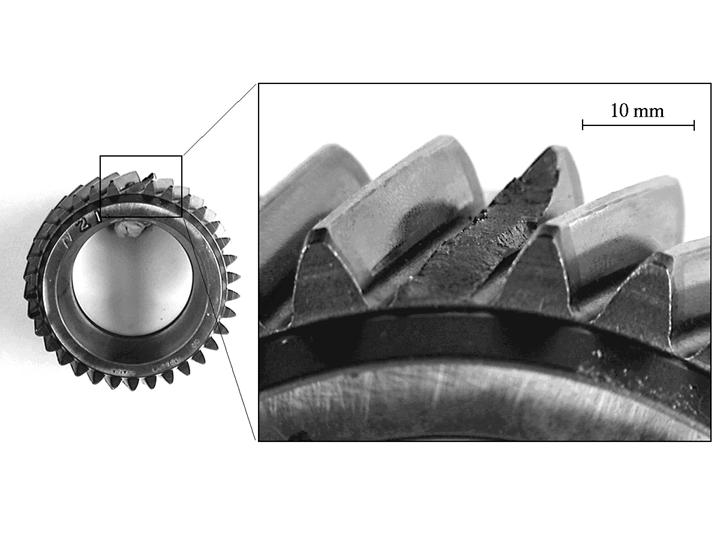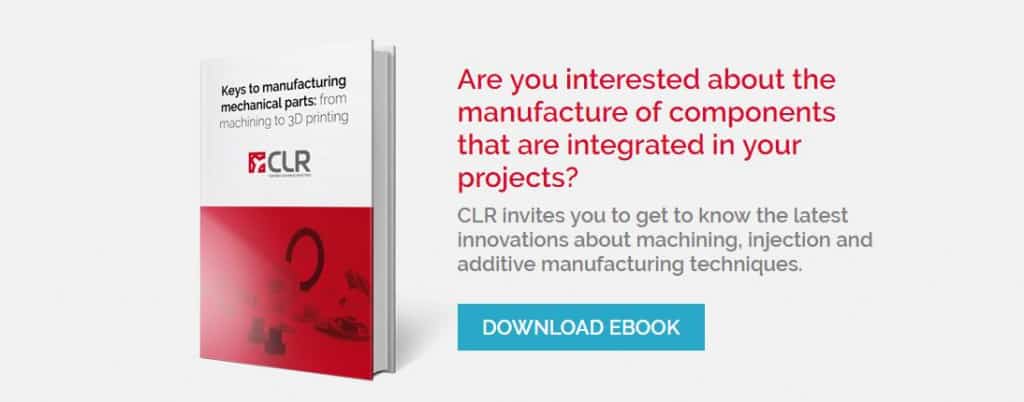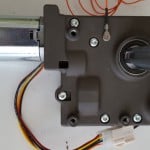When working with machines or equipment we need to be aware that their parts and components are subjected to cyclic or variable loads that may lead to a failure due to fatigue. The manufacturing process, technology applied and materials are the key to preventing these problems. Keep reading and discover our 10 suggestions!
Possible causes of a fatigue failure
Fatigue failure may arise due to the following causes:
- Presence of internal irregularities or discontinuities.
- Irregularities resulting from part machining processes themselves.
- Part geometry type. This will affect the speed at which cracks will propagate.
- Environment influence: thermal fatigue and corrosion fatigue.
The presence of a small crack in a part may also lead to premature fatigue. The ends of the crack are spots where tension builds up, which amplifies the effect of cyclical or variable loads. Cyclical loads cause a state of inner tension that will make the crack grow at its ends, since it is at those points where tension concentrates the most. Consequently, the crack will increasingly grow until its sudden failure occurs.
In spite of this, it is not necessary for high levels of stress to exist for a failure due to fatigue to take place; keep in mind they may be significantly lower than the material’s yield point:

Su = rupture point
Sy = yield point
S’n = fatigue limit
You might be interested in: “Drive shaft design: deformations and other problems”
Make a note! Things to keep in mind to prevent material fatigue
- First, it is necessary to keep in mind that any variation in part or mechanical component sections are special regions where stress will concentrate, which will affect their mechanical fatigue strength.
- A part’s geometry will also affect the speed at which that crack will propagate. A design that favours the emergence of stress concentration areas, cross-section changes, presence of keyways, holes or inset corners, will enable a crack to develop sooner.
- The design also has a significant influence in fatigue failure. Any geometric discontinuity acts as a stress concentrator, and may become the point of origin of a crack due to fatigue. The sharper the discontinuity, the more severe the stress build-up.
- Avoiding structural irregularities or revising the design, eliminating sharp changes along the edges that lead to square edges will lead to a higher fatigue strength.
- The dimensions of the part also play a part; increasing their size results in a lower fatigue limit.
- Improve the surface finish by polishing, to prevent small scratches or grooves that appear on a part’s surface due to cutting.
- Surface hardening via carburization and nitriding processes where a component is exposed to a carbon or nitrogen-rich atmosphere at high temperatures. This layer is usually 1mm deep and harder than the core’s material.
- Fluctuating or cyclic stress are another aspect to keep in mind. Their loads act for a great number of cycles before failure occurs, being one of the main parameters present in material fatigue strength.
- An intermediate tensile stress worsens fatigue-related performance in metals since it widens the crack. Conversely, compression stress improves it.
- Increase performance by means of residual compression stress on a thin surface layer. The overall effect is that the probability of crack nucleation and fatigue failure is reduced.
“CLR is making big investments to offer the best nitriding treatments to our clients’ parts”
With all of these tips you will be able to reduce failures due to fatigue in your mechanical parts; however, it is also vital to have suppliers that manufacture and perform the appropriate fatigue tests to help each product attain an optimal service life.
At CLR we understand your needs and turn them into products, always in compliance with the most stringent quality standards. For this purpose with study each case in our testing laboratory, testing part performance, their limits and each of their specifications. Do you want to increase your knowledge on mechanical part manufacturing? This eBook is for you.












very interesting , good job and thanks for sharing such a good information